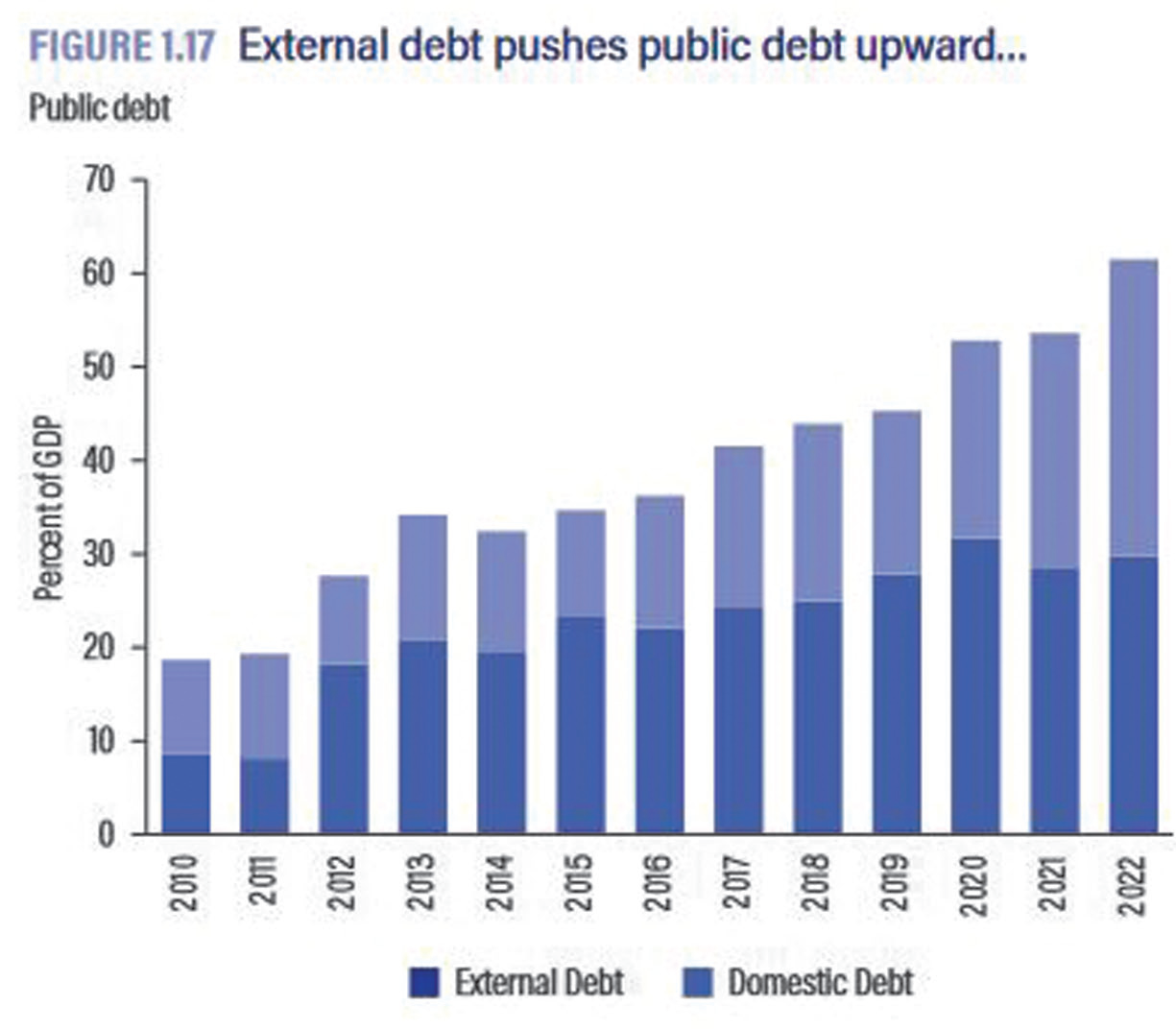Treasury explains rising debt stock
Ministry of Finance and Economic Affairs says the increasing demand to spend amid dwindling resources has led to rising public debt, which is largely triggered by ministries, departments and agencies (MDAs) accumulation of payment arrears.
In a written response on Wednesday in the context of rising external debt service, Secretary to the Treasury MacDonald Mafuta Mwale said when arrears are paid centrally by Treasury using promissory notes or through court claims, it becomes debt and grows government’s debt portfolio.

He said: “The one-year or two-year promissory notes that were issued to pay arrears that existed as at June 2020 have now matured and are accounted as public domestic debt.
“It is true public debt has grown over the years largely because of reasons beyond government’s related calamities that affect revenue mobilisation while at the same time requiring enough resources to deliver humanitarian relief supplies to the affected population.”
Mwale cited the Covid-19 pandemic, which has reduced domestic revenues while requiring resources to procure preventative items.
He said: “A significant amount of public resources are allocated for repayment of debt and interest rate charged on the debt. If you can look into our budget, you will find that one of the largest budget lines is interest rate bill.
“Obviously, it cannot continue like that. We need to bring this to an end.”
Malawi continues to witness a surge in public debt now hovering at around K5.8 trillion or about 55 percent of gross domestic product (GDP), which the World Bank said puts the country at risk of debt distress and is unsustainable.
In the 2022/23 National Budget, for instance, interest payments alone on the nearly K6 trillion public debt stock stands at K524 billion and represent 4.6 percent of GDP or around 18 percent of total expenditure.
Treasury had also planned to borrow K501.7 billion from the domestic market between April and June, according to a debt issuance calendar issued by the Reserve Bank of Malawi (RBM). By the breakdown, K208.33 billion would be through Treasury Bills while K293.44 billion would be through Treasury notes (T-Notes).
The K501.7 billion is about 76 percent of the K654 billion government plans to borrow from the domestic market in the 2022/23 financial year which runs up to March 31 next year.
Domestic borrowing, which has contributed to a substantial increase in total public debt, has continued to expand through T-Notes as government has been implementing a deliberate strategy to lengthen the maturity profile of domestic debt.
Resultantly, government share of outstanding commercial bank credit has been on the increase, rising to 59 percent as at December 2021 from 26 percent as at December 2017.
Bankers Association of Malawi executive director Lyness Nkungula earlier said government has many competing demands for financial support, adding that any available customer is given the chance to borrow.
“When government borrowing becomes large and sustained, it can reduce the financial capital available to private sector firms.”





